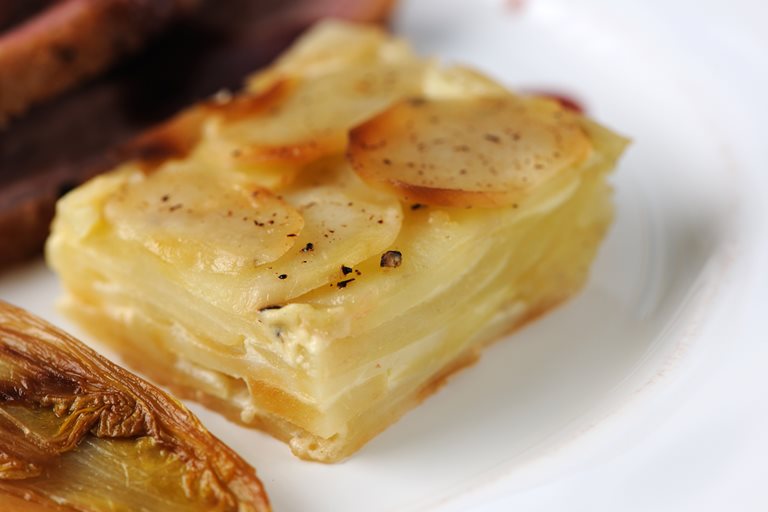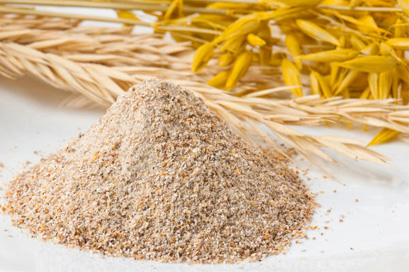Two versions here. I'll try both and see how they go. This is the re-creation from Salt & Wind.
Ingredients
- 1 tablespoon extra-virgin olive oil
- 3 tablespoons unsalted butter (I like to use this Parmigiano Reggiano cream butter)
- 2 (4 to 6 ounce) boneless, skin-on chicken breasts
- kosher salt and Freshly ground black pepper
- 1/4 cup unbleached all-purpose flour can use rice flour to make it gluten free
- 4 medium garlic cloves smashed
- 1 medium lemon halved
- fresh Italian parsley leaves for garnish (optional)
Instructions
- Heat the oven to 400°F and arrange a rack in the middle. Heat the olive oil and butter in a medium cast iron pan (or other heavy-bottomed pan) over medium heat. Meanwhile, season the chicken with salt and freshly ground black pepper then dredge in flour and shake off the excess. When the butter foams, add the chicken, skin-side down, and cook until skin is golden, about 5 to 8 minutes.
- Flip the chicken, skin-side up, then add the garlic cloves then transfer the pan to the oven and let it cook until the chicken is cooked through, about 10 minutes. Return the pan to the stovetop and cook over medium heat until the butter is brown, about 3 to 5 minutes more. Serve with a squeeze of lemon and, if desired, some fresh parsley.
Another method from Cuisinovia (using all butter and no olive oil):
Ingredients
- 4 chicken breast fillets, with skin, no bones
- ¾ cup all purpose flour
- 500 grams unsalted butter
- 4 garlic cloves, peeled and left whole
- 2 lemons





















